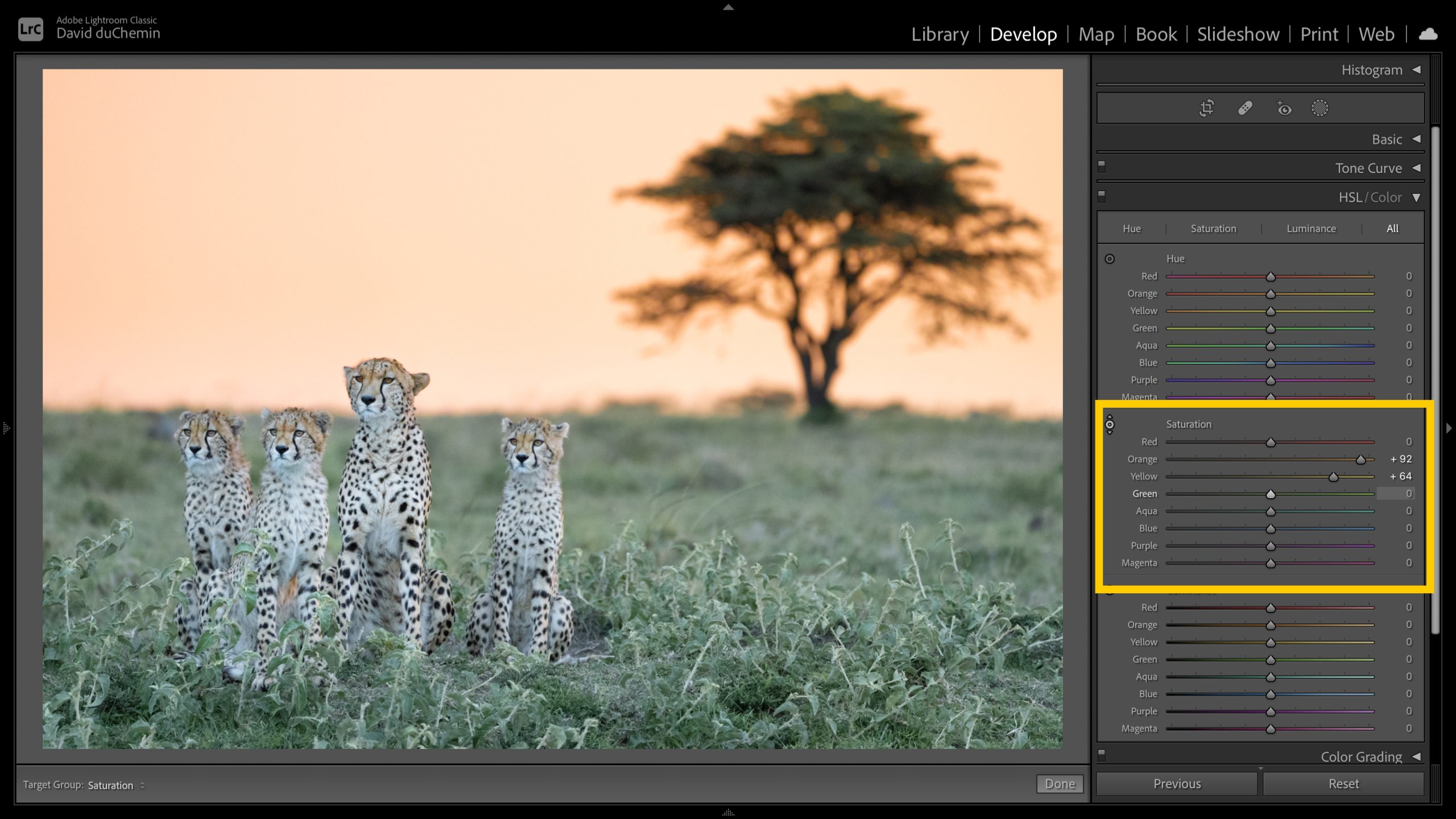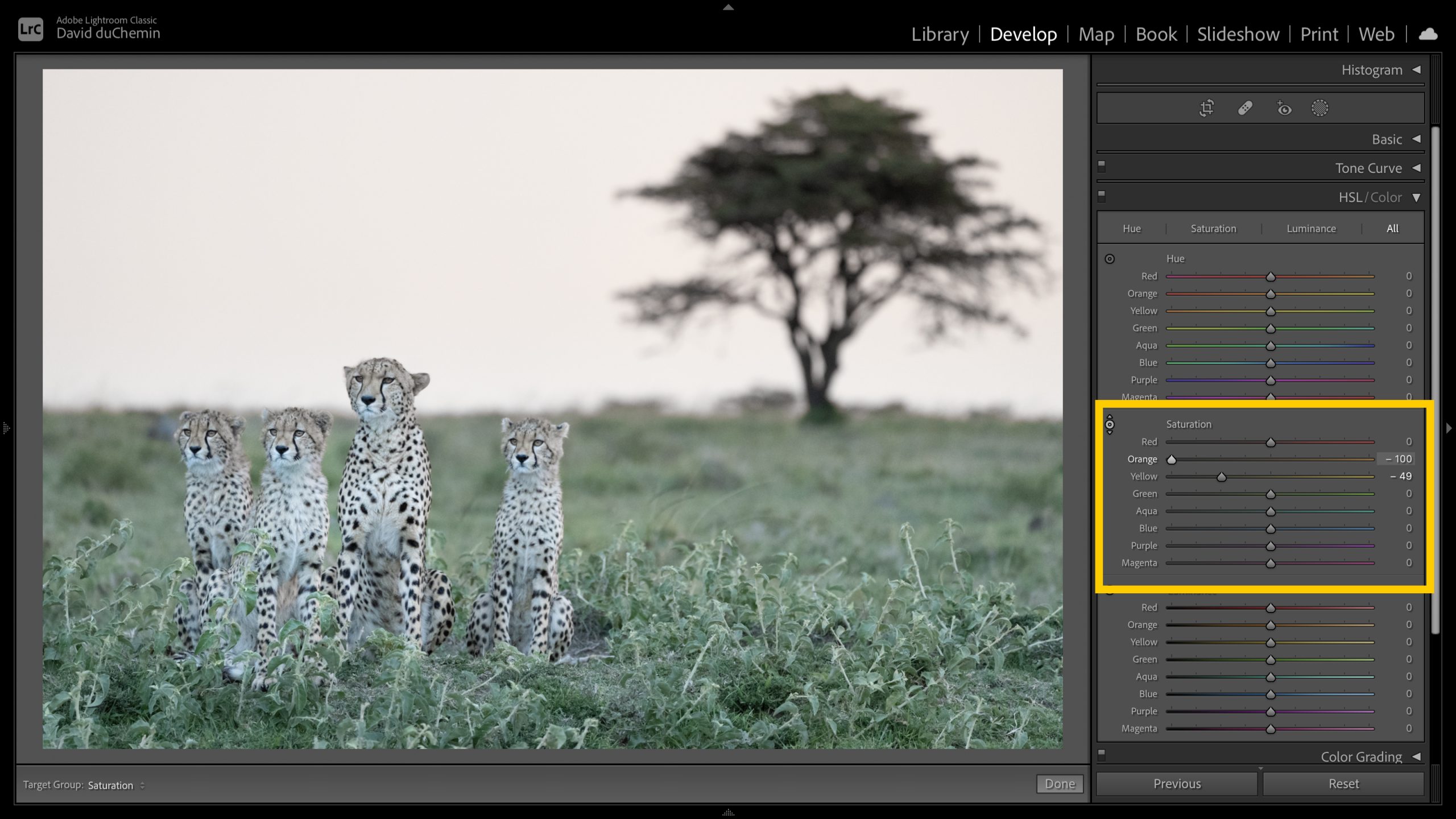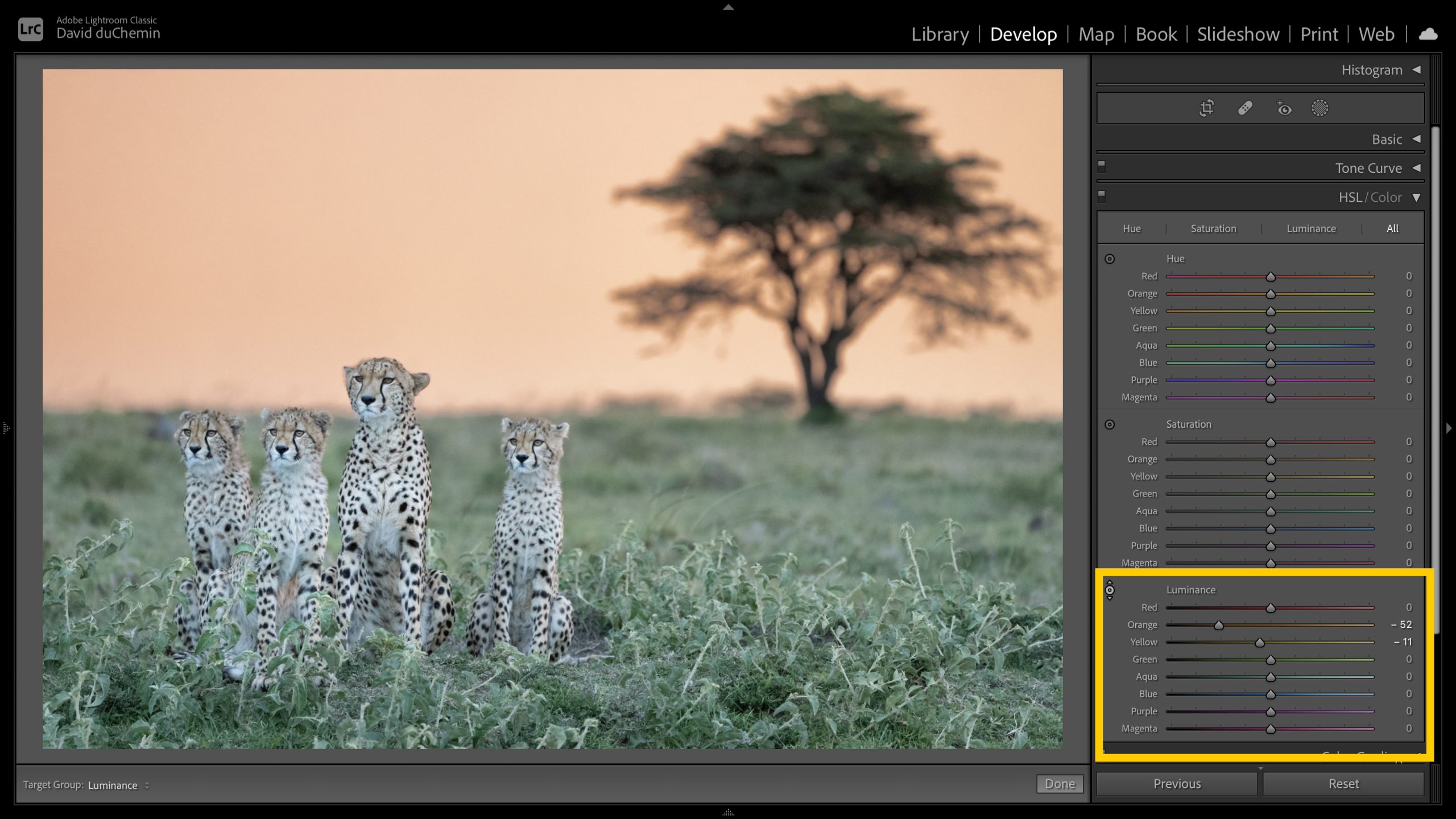When I used to be a child, our household received a roll of movie developed each couple of months, and I keep in mind getting the envelope of 4×6 prints again from the lab and listening to my mother remind me to not contact the prints.
“You’ll get fingerprints on them,” she’d say.
Not one to waste an excellent metaphor, as an grownup, that’s all I really need from my pictures: to make pictures with my fingerprints—my distinctive mark—throughout them. I would like my work to be increasingly my very own. We don’t all {photograph} for a similar causes, however I do know this want isn’t distinctive to me: I do know that whereas most of us wish to make pictures which might be good or compelling, it’s extra significant if these pictures are really yours.
That’s photographic voice, and it’s not a straightforward factor to search out (or create) in your work. But while you do, and also you make {a photograph} or a collection of pictures that feels prefer it’s actually “you,” there are few emotions that evaluate.
Voice can come throughout in some ways in your pictures. For some photographers, it’s the way you compose and your alternative of topics; for others, it’s a sure approach, like Valda Bailey’s abstracts and impressionism which I pointed you to final week (LINK). For some, it’s the form of black and white therapy you employ, and nonetheless for others, it’s the way in which you employ or management color. For most of us, it’s some explicit mixture of all of these and plenty of extra.
Voice is present in your selections about these issues and the concord between them, who you’re, and what you’re making an attempt to say.
The world of cinematography isn’t so totally different from nonetheless pictures, however cinematographers appear to be rather more aware about a few of these selections, particularly color. I’ve spent the final 12 months deepening my understanding of, or sensitivity to, color, largely as a result of I felt {that a} photographer who makes use of color (which I do as a lot as I additionally use monochrome) ought to in all probability be extra conscious of this profound instrument for visible expression than I’ve been at instances.
Colour is an enormous matter. So massive that it may be actually complicated, particularly while you begin breaking out color wheels and speaking about color modes and areas and the nitty gritty science of it. I’m much less thinking about these than I’m in how color makes us really feel, how we learn and reply to color in pictures, and the way we use it to precise the themes, concepts, or moods in our pictures.
To that finish, I’ve received three concepts I wish to provide up to your consideration the place extra inventive and private use of color is anxious.
1. Become extra conscious of how color makes you are feeling.
It’s received to start with you as a result of whereas it’s straightforward to make blanket observations about how crimson is a extra passionate color and yellow is a contented color, there are one million totally different sorts of crimson, or yellow, and never all of them make us really feel the identical manner.
A brilliant heat yellow isn’t emotionally the identical as a light-weight pastel yellow; they really feel totally different. They pull our eyes in a different way, they usually pull our ideas and feelings in a different way as nicely. One shade of crimson feels passionate, one other feels highly effective, and nonetheless one other—like a gentle pink—would possibly really feel delicate and harmless, the opposites of ardour or seduction or energy.
Becoming extra conscious of the colors you really see and the way you reply to them as you react to the world and the images round you (in addition to which colors and mixtures you like and people you don’t) is a primary step in utilizing color extra deliberately and creatively.
Honing your sensitivity to color will make you a a lot stronger color photographer.
2. Become extra conscious of the qualities of color.
Go again in your thoughts to the totally different associations I simply talked about in regards to the color crimson. There are hotter reds and cooler reds, softer reds, and brighter reds. We give all of them sorts of names: fireplace truck crimson, garnet, scarlet, pink. All of them really feel totally different. Here are just a few extra:
Being extra conscious of the total gamut of crimson’s prospects and being extra delicate to how you are feeling about them is an efficient first step. But I believe we have to go additional. To try this, it is advisable perceive and be fascinated with the three qualities of color that make Mahogany, for instance, totally different from Dusty Rose.
Any one color will be described with simply three traits: hue, saturation, and luminance. That’s it. With these three handles, we will describe (after which management) any color.
Hue is what we usually consider as color. When we are saying “it’s inexperienced” or “it’s crimson,” we’re speaking about hue, although not with any actual nuance.
Saturation is how intense that hue is, as in brilliant inexperienced or boring inexperienced. In the grid above, Candyapple is rather more saturated than Dusty Rose; it’s extra intense.
And luminance is how we describe that hue by way of how mild or darkish it’s. Dusty Rose (see above) is a really mild crimson by way of luminance, and Mahogany may be very darkish. But both Dusty Rose or Mahogany may be a little bit hotter or cooler (a shift in hue) till they grow to be a distinct “color” totally or kind of saturated. How you really feel about any mixture of hue, saturation, or luminance, will differ, and so too will how the colors work collectively.
When you cease calling colors by their well-liked names and grow to be extra in a position to establish them in keeping with the qualities of hue, saturation, and luminance, you’ll be higher in a position to management all or any of these qualities and higher management how the colors in your picture work collectively and make the {photograph} really feel. This leads me to the third thought: management.
3. Become extra controlling with color.
When you grow to be extra delicate to how colors contribute to the texture or the messaging of {a photograph}, and also you acquire a rising sense of the qualities of these colors, you might have the power to manage them within the {photograph}. “What ought to I do to the color on this picture?” isn’t a useful query, however “How might I alter the hue, saturation, or luminance in areas of my picture to vary how they work collectively?” is a superb query. And any photograph manipulation instrument price its salt, like Adobe Photoshop or Lightroom, has instruments to provide you that particular management.

In Adobe Lightroom, proven right here with HSL instruments seen, every slider controls both hue, saturation, or luminance within the chosen colors on the left. This alone will change your management over color without end.
Once you perceive the qualities of color by way of hue, saturation, and luminance (HSL), you need to use the HSL instruments to push them round, ensuring colors hotter or cooler (hue), brighter or much less intense (saturation), and/or lighter or darker (luminance). Here are some examples utilizing the HSL panel in Adobe Lightroom.


Hue.
In the Hue part of the HSL Panel in Lightroom I’ve adjusted the hue within the oranges and yellows extra in direction of the reds within the prime picture and in direction of the greens within the second picture.


Saturation.
In the Saturation part of the HSL Panel in Lightroom I’ve adjusted the saturation in the identical oranges and yellows in direction of extra saturation within the prime picture and fewer saturation within the second picture.


Luminance.
In the Luminance part of the identical HSL panel, I’ve darkened the yellow/oranges within the prime picture and raised the luminance of the identical colors within the second picture.
There’s rather more, in fact. If you perceive how colors complement one another, you’ll be able to management the color distinction or depth by gently nudging these instruments someway. If you perceive, for instance, how cyan contrasts extra with orange than it does with yellow, you can use HSL instruments to both nudge your cyans towards hotter blues (like violet, which enhances yellow) or nudge your yellows towards orange.
Or, when you perceive what makes colors work in concord relatively than in stress with one another, you need to use the HSL instruments to scale back that stress or visible competitors by making one color barely brighter or extra saturated whereas making different colors barely darker or desaturated.
There is quite a bit to find out about color, and if a few of what I simply described feels a little bit fuzzy to you, that’s OK. It tells you there’s some room to develop in your use of color, and I hope to assist with that. But simply these three concepts alone have modified my private understanding of color and of my very own pictures, in addition to the chances that improvement instruments like Lightroom (or others) can provide to make my pictures extra expressive—and extra mine. I believe it may do the identical for you.
I’ve created one thing for you, and tempted as I’m to point out you now, I don’t wish to overwhelm you. So subsequent week I’ll share a 20-minute video for you that explores in larger element the concept of the photographer’s voice and the way your selections with units like color may also help you create single pictures and our bodies of labor that get you nearer to that voice. There’s extra, too. As I stated, I’ve been laborious at this for a 12 months, not simply as a part of my development as a photographer but additionally in hopes that I may also help you’re taking a few of your subsequent steps as you proceed studying to make pictures that aren’t solely good, however really your individual.
For the Love of the Photograph,
David
Source link

